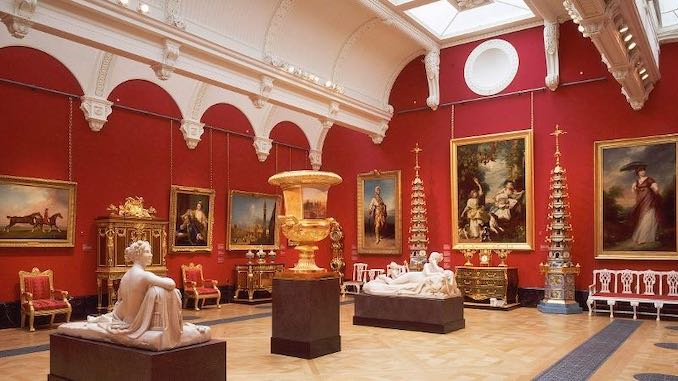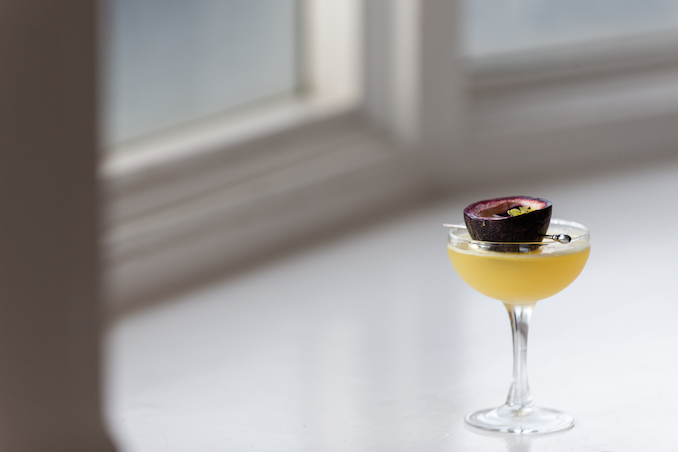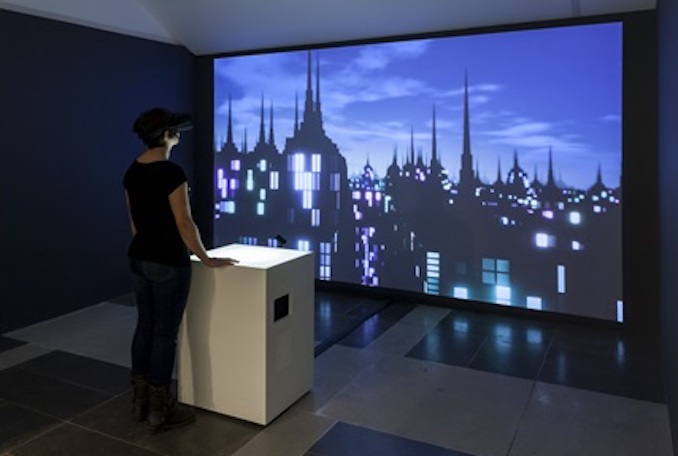Life behind the palace walls: New exhibition tells the story of Queen Victoria

Queen Victoria was a boss. She took the throne at age 18 and made it hers from the get-go. A lot of that revolved around her moving into Buckingham Palace right in the middle of London. Three weeks into her reign, she moved into Buckingham Palace, despite the building being incomplete and many of the rooms undecorated and unfurnished. The Palace had been empty for seven years following the death of Victoria’s uncle, George IV, who had commissioned at great expense the conversion of Buckingham House into a Palace to the designs of John Nash. The King never occupied the Palace, and his successor, William IV, preferred to live at Clarence House during his short reign. The Queen’s ministers advised her to stay at Kensington Palace, her childhood home, until Buckingham Palace could be brought up to a suitable standard, but Victoria wanted to move immediately and begin her new life. Artist Thomas Sully then painted Victoria shortly after she moved in. Then after that, a whole bunch of other works were created, items and changes made that typified her reign. To celebrate, Buckingham Palace is putting on an exhibition, Queen Victoria’s Palace, curated by the historian and biographer Dr Amanda Foreman and Lucy Peter, Assistant Curator of Paintings, Royal Collection Trust. It’s all part of a visit to the Summer Opening of the State Rooms at Buckingham Palace, 20 July – 29 September 2019. The exhibition is accompanied by the publication Inside Queen Victoria’s Buckingham Palace by Dr Amanda Foreman and Lucy Peter. It… Read More



